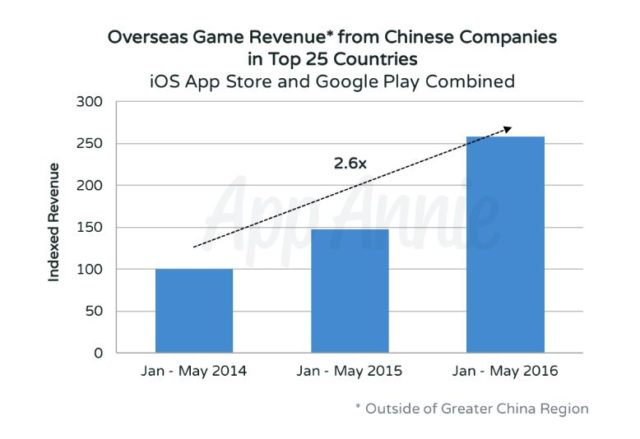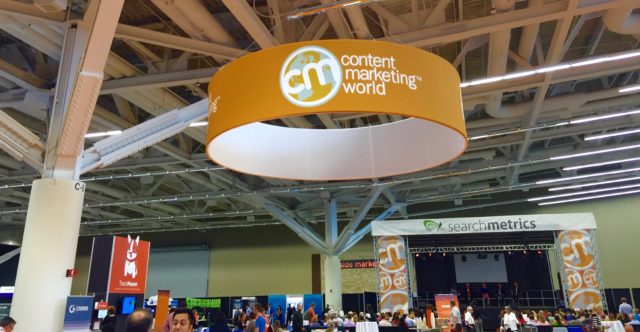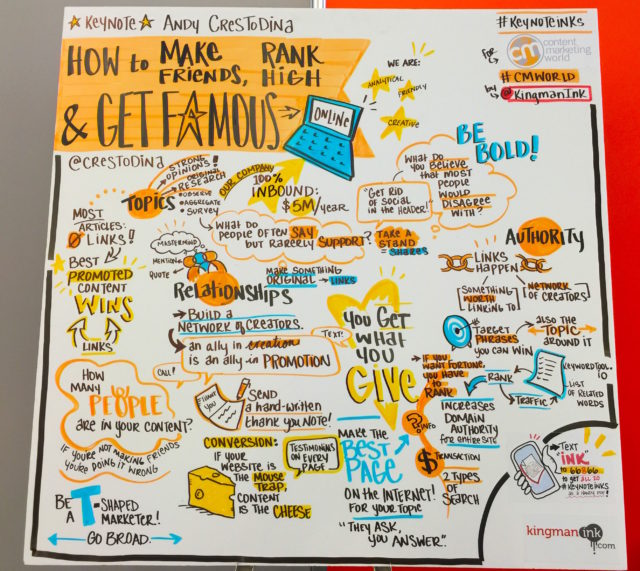NASCAR Heat Evolution is available now, released by a brand new publishing company, Dusenberry Martin Racing (DMR), but developed by veteran NASCAR Heat and NASCAR: Dirt to Daytona developer Monster Games. What’s very different this time around is that DMR investors include NASCAR drivers like Joey Logano and Brad Keselowski. The drivers, who are also gamers, helped during the development process and are also marketing the game across their social media platforms.

Blake Davidson, vice president of licensing at NASCAR has been involved with NASCAR video games dating back over 20 years to the original Papyrus NASCAR Racing games. “There’s never been a product like this one, which has had as much driver involvement during development,” Davidson told [a]listdaily. “The drivers understand that what they do is entertainment. They’re unbelievable athletes, and they know some people are going to play and want to have that challenging experience and others want to just have fun. With this product, you can do either one of those things.”
The new NASCAR game is the first to integrate all of the real NASCAR sponsors. Davidson said the challenge in the past for sponsorship integration was limited by technology.
“The game captures this point in time where whatever sponsor you were able to get in there was capped and you were never able to get everyone,” said Davidson. “In today’s NASCAR sponsors change a lot more than they used to. For example, at Darlington this year, the vast majority of the field had throwback paint schemes, and some weren’t unveiled until right before the event. But with DLC you can do all of that. It puts NASCAR in a good position to offer various DLC packs where the fans can get those paint schemes.”
NASCAR Heat Evolution also uses an age verification to allow gamers to download an alcoholic sponsor for the first time. Keselowski’s Ford Fusion features a Miller Lite sponsorship. The game features alternative sponsors out of the box, but gamers can download the Miller Lite paint scheme. “A large number of people playing the game are over 21 and they want authenticity,” Davidson said. “DMR group worked with Keselowski’s team and through Miller Coors to get approved on that.”
Unlike other sports, and sports video games, sponsorships are plastered on every uniform, car and track. “There’s a lot of opportunity there for NASCAR in general, but it adds more value to allow the partners that are already in NASCAR,” pro racer Joey Logano explained to [a]listdaily. “I drive the Shell Pennzoil Ford, and in the video game, it’s the Shell Pennzoil Ford. That brings added value to what Shell already pays for our race team. There’s a lot of opportunity and product placement inside of NASCAR Heat Evolution, but just like in anything else, it has to be authentic. It can’t feel forced on. NASCAR does a good job with being authentic about what we have on our race cars.”
Logano said if you look at NASCAR and take the gaming industry out of it, there is no NASCAR without partners like Shell sponsoring race cars. And taking a step further back, without fans, there are no sponsors that want to put their names on the cars. “Video games are another avenue for race teams to give their partners added value, which ultimately grows our sport,” Logano said. “That’s why I want to be involved in this game, and I think it’s important for our sport to have a NASCAR racing video game. It adds in so many different areas that I don’t feel like we’ve tapped into in the last two years.”
The past four years have seen developer Eutechnix release NASCAR: The Game 2011 and NASCAR: The Game Inside Line for publisher Activision and NASCAR 14 and NASCAR 15 for publisher Deep Silver. “You learn about sponsors pretty quick (in NASCAR Heat Evolution),” Logano said. “I was playing the game the other night in my bus in Darlington and when you start (in career mode) your car is not really fast. You start with a slower car and the best I could do was finish 25th. Eventually, you make money from where you finish and you gain the attention from other sponsors. Then you can sign sponsors up, and some of them are incentive-based and some of them are guaranteed money, just like in actual NASCAR racing. So it brings the business side of it into the game.”
Davidson said DMR has done a good job with inserting more driver personality into the game, real driver images in the game, and a number of features where driver videos are giving tips and different things around the racing itself to help gamers perform better. In these videos, players will see all of the sponsors on the driver uniforms. “We work closely with the tracks and there’s a keen interest in getting everything authentically replicated,” Davidson said. “We meticulously look at every billboard and replicate in the game.”
Looking ahead, Davidson said NASCAR is working with DMR now on whether mobile iterations or different types of games make the most sense, given the pent-up demand for NASCAR products. “With the advances in technology with PlayStation 4 Pro, NASCAR is a sport that can take advantage of that by optimizing the games for that hardware,” Davidson said.
When it comes to PlayStation VR, Davidson said there’s not another sport or type of game that will showcase better in virtual reality than NASCAR. “It’s a very natural first person experience, putting you in driver’s seat and controlling everything,” Davidson said. “Everyone has a feel for driving and understands what you’re supposed to do. It’s just in NASCAR video games, you can do everything a lot faster.”






